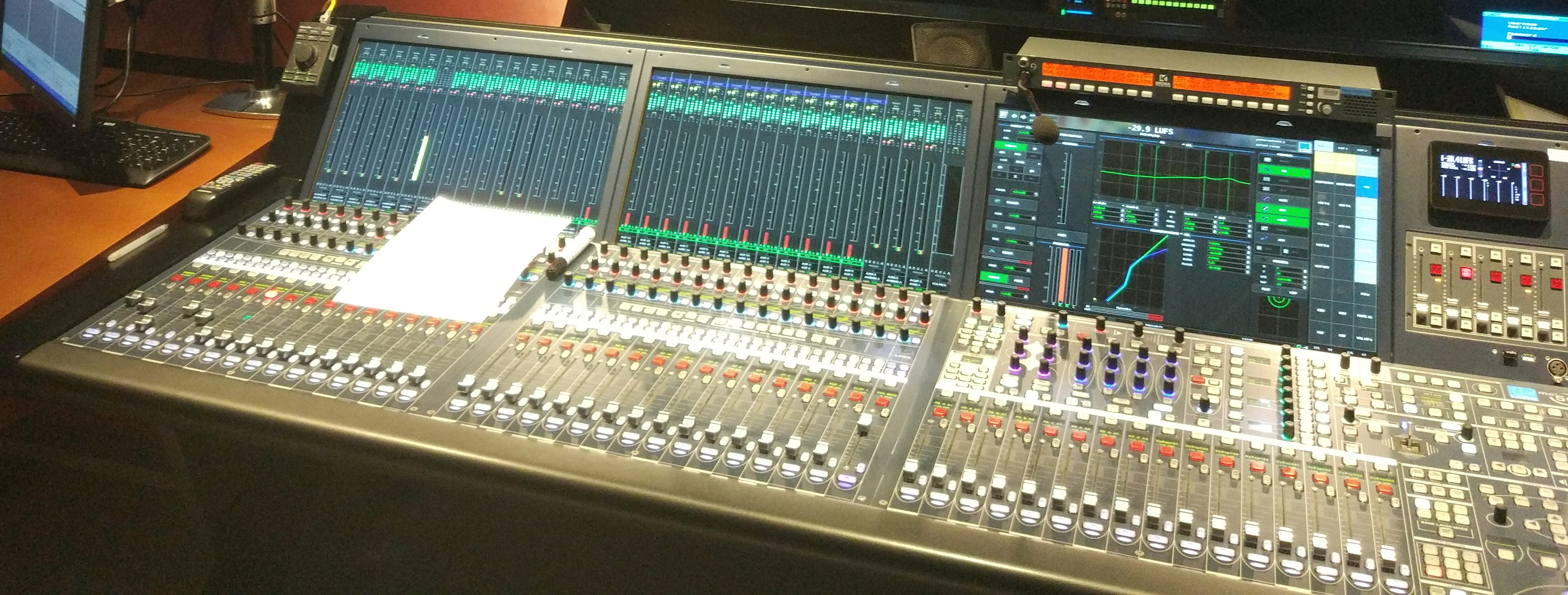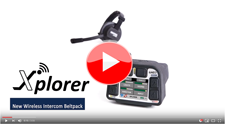3cat integrates in its audio and intercom network equipment from AEQ and other manufacturers 04/01/2024

The corporation has developed its own applications that, using the different AoIP protocols and the control protocols provided by the manufacturers, allow equipment that was developed to work on different standards to work in the same system.
TV3 is a television channel that broadcasts in Catalonia. This is the main channel of 3cat, part of the Corporació Catalana de Mitjans Audiovisuals (CCMA). It broadcasts all its programming exclusively in Catalan. TV3 is the television channel with the most viewers in Catalonia.
The mission of the CCMA makes explicit the desire to be a reference model of quality and innovation. Responding to this mandate, it has participated in many research projects, both national and European, consolidating a network of collaborating partners of continental scope. Taking up this tradition, the CCMA promotes its participation in technological research projects in the fields of audiovisual production, communications, content distribution and improvement in accessibility to audiovisual products.

Within this corporate mission, the 3cat Technical Emissions Department has been responsible for making the best possible use of the technical means available to the organization.
For historical reasons related to the advancement of technology and manufacturers' adherence to different standards, some essential equipment could not share resources.
In one building they have a Conexia Intercom system from the AEQ-Kroma brand. Both the TP8000 panels and the audio matrix they incorporate handle Broadcast-quality IP audio in Dante format over a PTPv1 synchronization system. The audio consoles are from another manufacturer with IP audio in RAVENNA format on a PTPv2 synchronization system.
In the Department of Central Control and Traffic, they were in charge of seeing how to make the formats compatible, through their least common multiple, the AES67 standard that works in PTPv2. They made the Conexia matrix facilitate through one of their Dante audio cards in AES67 format. In the same way, the consoles from another manufacturer also provided AES67 audio, so audio ready to be broadcast can be introduced into the consoles from the auxiliary input of the intercom panels, or from the analog and digital inputs of the Conexia matrix, while at the same time Send commands from the console to certain intercom panels.
In a second phase, AEQ made things easier for a more effective integration: It released a new card for the Conexia system, the XC 34 that works on the RAVENNA protocol native to another manufacture’s consoles. This has allowed unified control through the NMOS protocol. They have also carried out synchronization tests, and this allows them to subscribe from the Conexia matrix to AES67 flows from another manufacturer’s equipment, even from other parts of the city, without any problems. It has also allowed them to integrate the AEQ intercom system over AES67 directly with the PTPv2 of AES67 and RAVENNA (since they have restricted Dante's PTPv1 due to internal security policies) and they report that it works very well for them.
Another cutting-edge and more complex integration has been that of Intercom systems. We have already mentioned that in a building 3cat has a Conexia intercom from AEQ-KROMA. In another building, another manufacturer’s intercom with another manufacturer matrix was installed. Initially, each center produces its own content and in general there are no interactions to coordinate. But over time, the optimization of resources and the remote work possibilities brought about by new technologies have given rise to operational interactions between both centers and even with the territorial delegations. Two intercom systems that had not been planned to work together had to be made to work together.
To do this, 3cat had to request the collaboration of both manufacturers who facilitated the work: AEQ provided an API that interacts with the TM8000 controller. For its part, another manufacturer provided software that acts as a gateway and provides a protocol that allows controlling the intercom system.
And 3cat has developed software that translates the information between both tools, interconnecting the two systems transparently to the user:
- The Conexia and another manufacturer matrices share, at the audio level, a series of fixed AES67 streams
- In the Conexia part, some keys are programmed into the panels to talk to those AES67 ports.
- The 3cat software monitors the status of the crosspoints that are established when those keys are pressed and sends the necessary commands to the antoher manufacturer matrix to make the crosspoints between the AES67 port and the destination panel. It also sends the necessary orders to signal the call on the another manufacturer panel.
- If the call is from the another manufacturer to an AEQ panel, the 3cat software monitors the keys of the panels that talk to the AEQ matrix, and when they are pressed, it sends the order to the another manufacturer matrix and the AEQ matrix to make the corresponding crossing points. It also sends the signaling to the another manufacturer panels, in Conexia it is not necessary because the signaling is automatic as it is a normal communication.
It can be seen from this methodology that the format and content of the exchange information provided by each manufacturer is different, and the application has to manage to provide transparent operation within these limitations.
- As an anecdotal curiosity regarding the level of knowledge that 3cat has acquired about the internal functioning of the systems of both manufacturers, in the face of a temporary situation, in which they have received some another manufacturer panel units of a new model that is not yet integrated into the exchange software, they have used an AEQ panel only as a button to select the destinations in the AEQ matrix of the new another manufacturer panel, managing the audio from the another manufacturer panel. They have done this because the operators work with headsets and thus avoid having to change headsets depending on who they talk to or having to make some hardware adaptation to use the same headset on both panels.
From AEQ we want to congratulate CCMA and 3cat for their concern to advance technology and for the advances achieved in the integration of systems, which open a path to optimize technical resources based on the use of emerging technologies in combination with the previous ones, which other broadcasters will undoubtedly follow.
For more information about 3cat, https://www.ccma.cat/tv3/sales/about/








